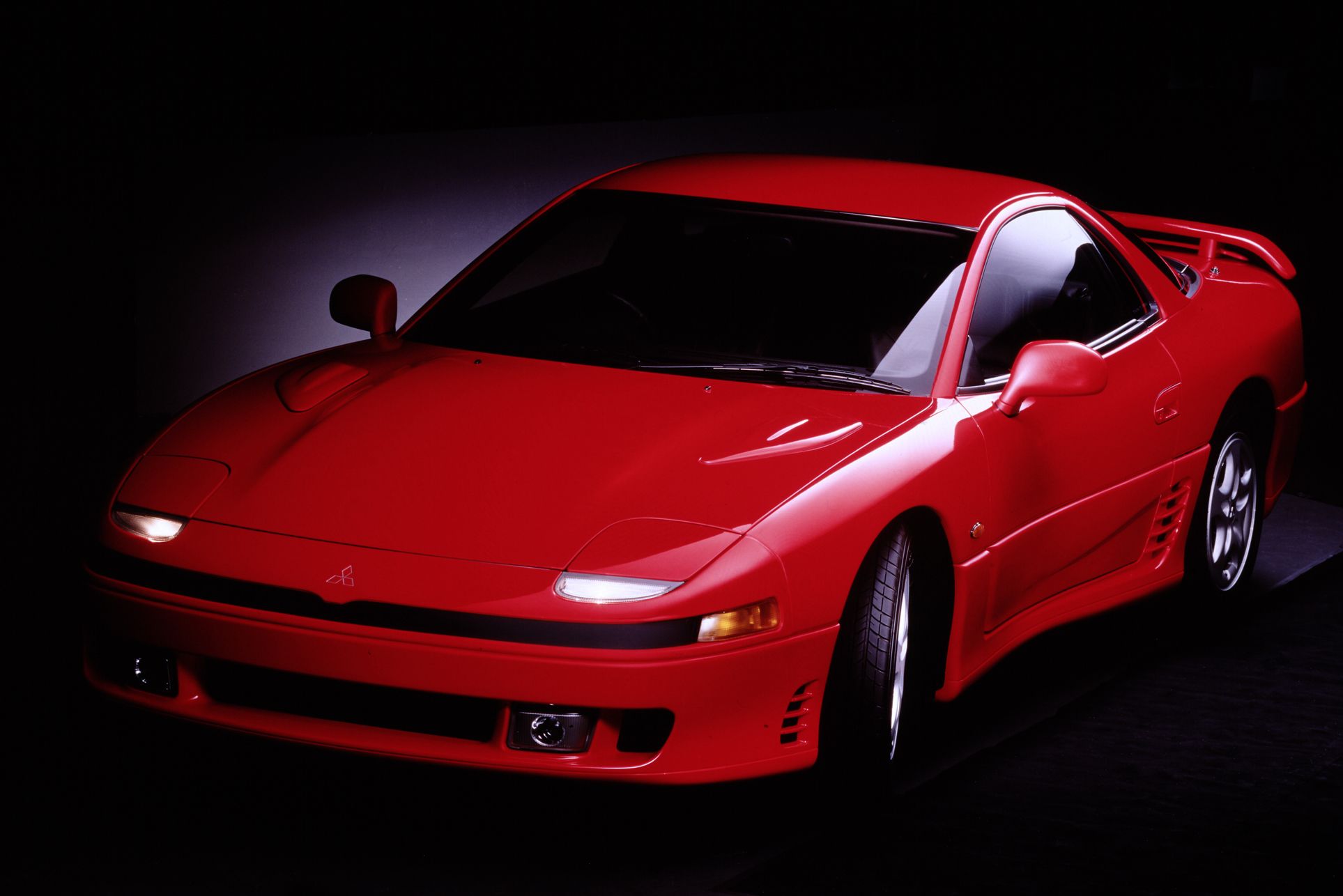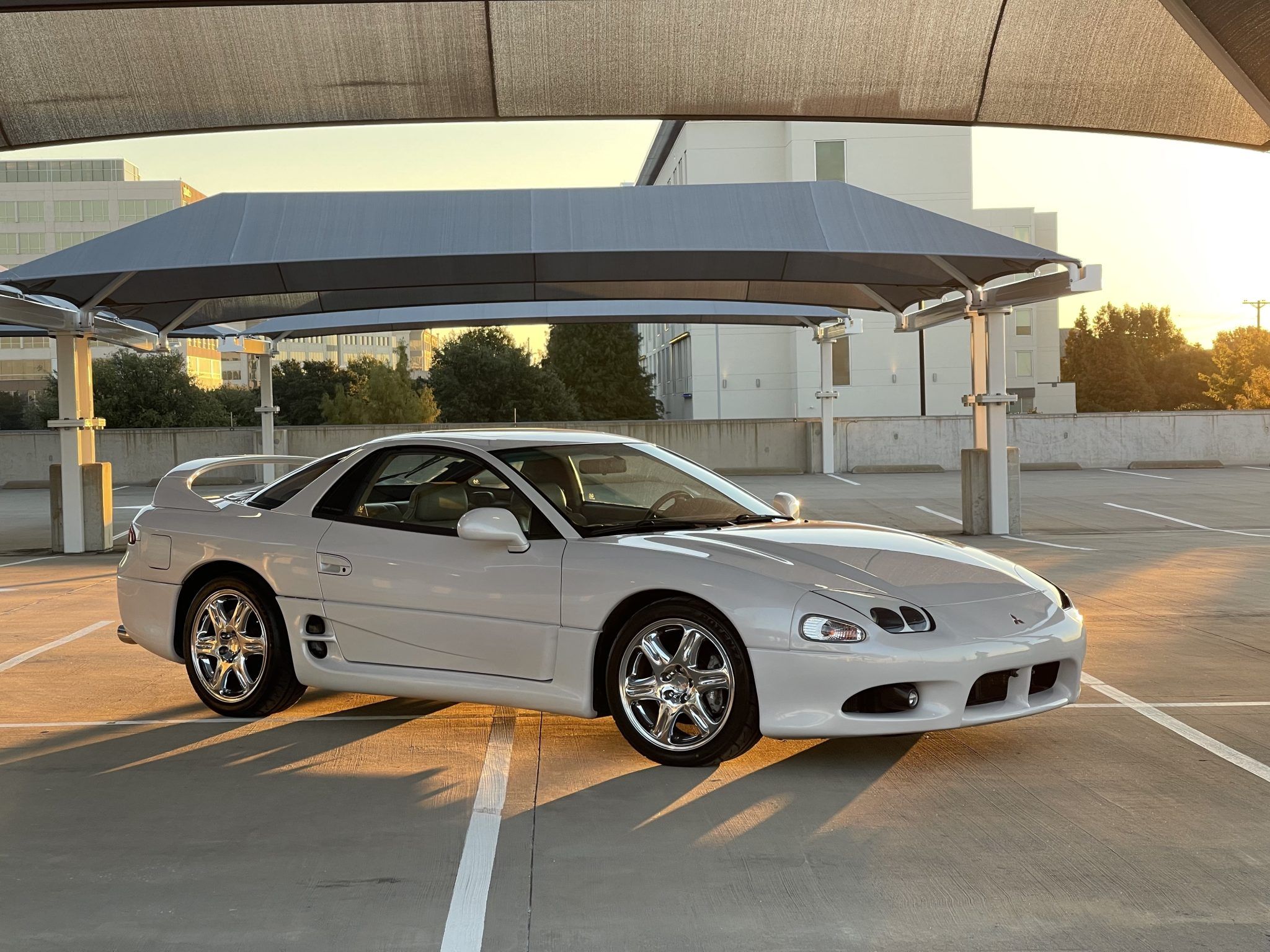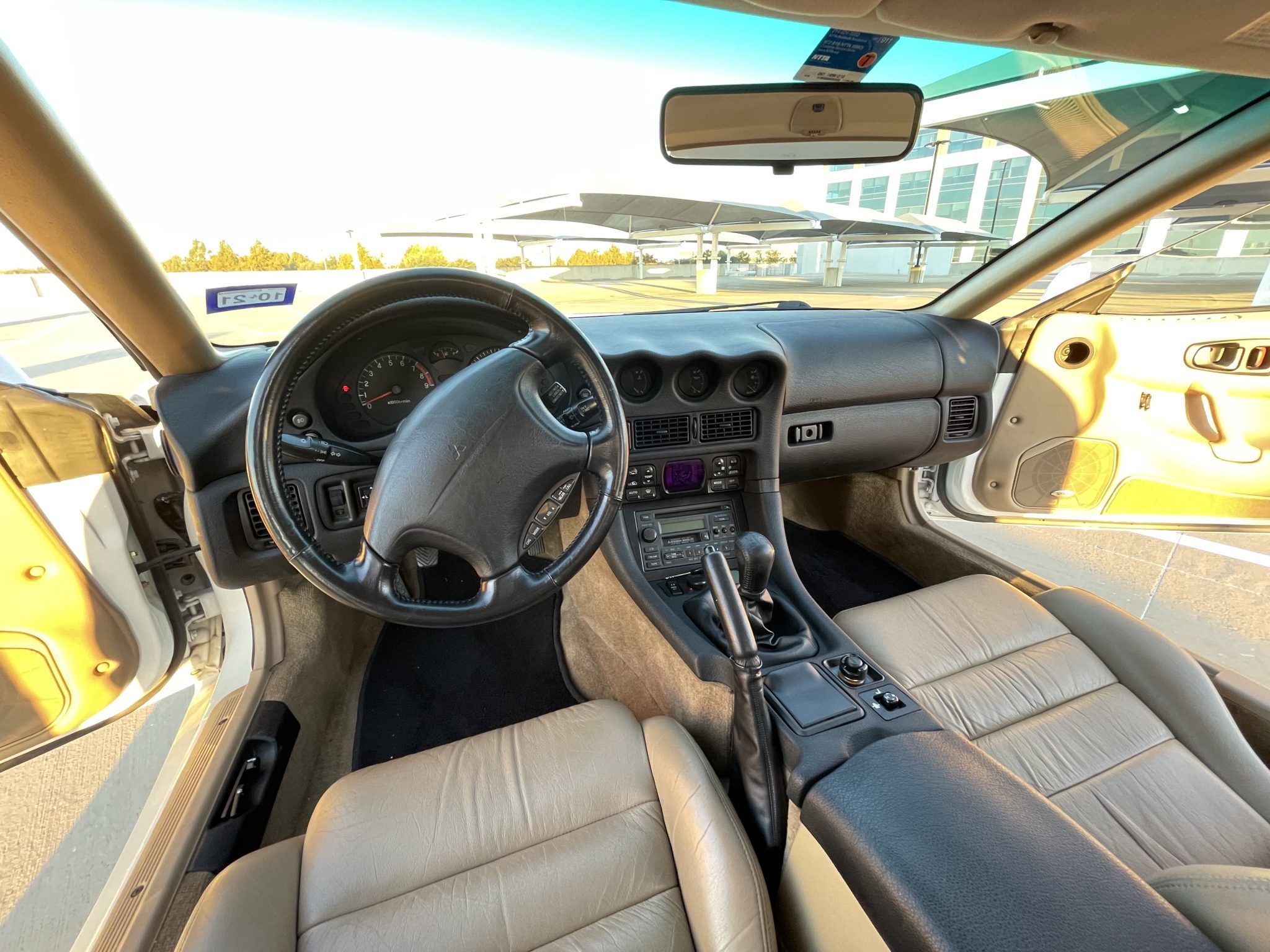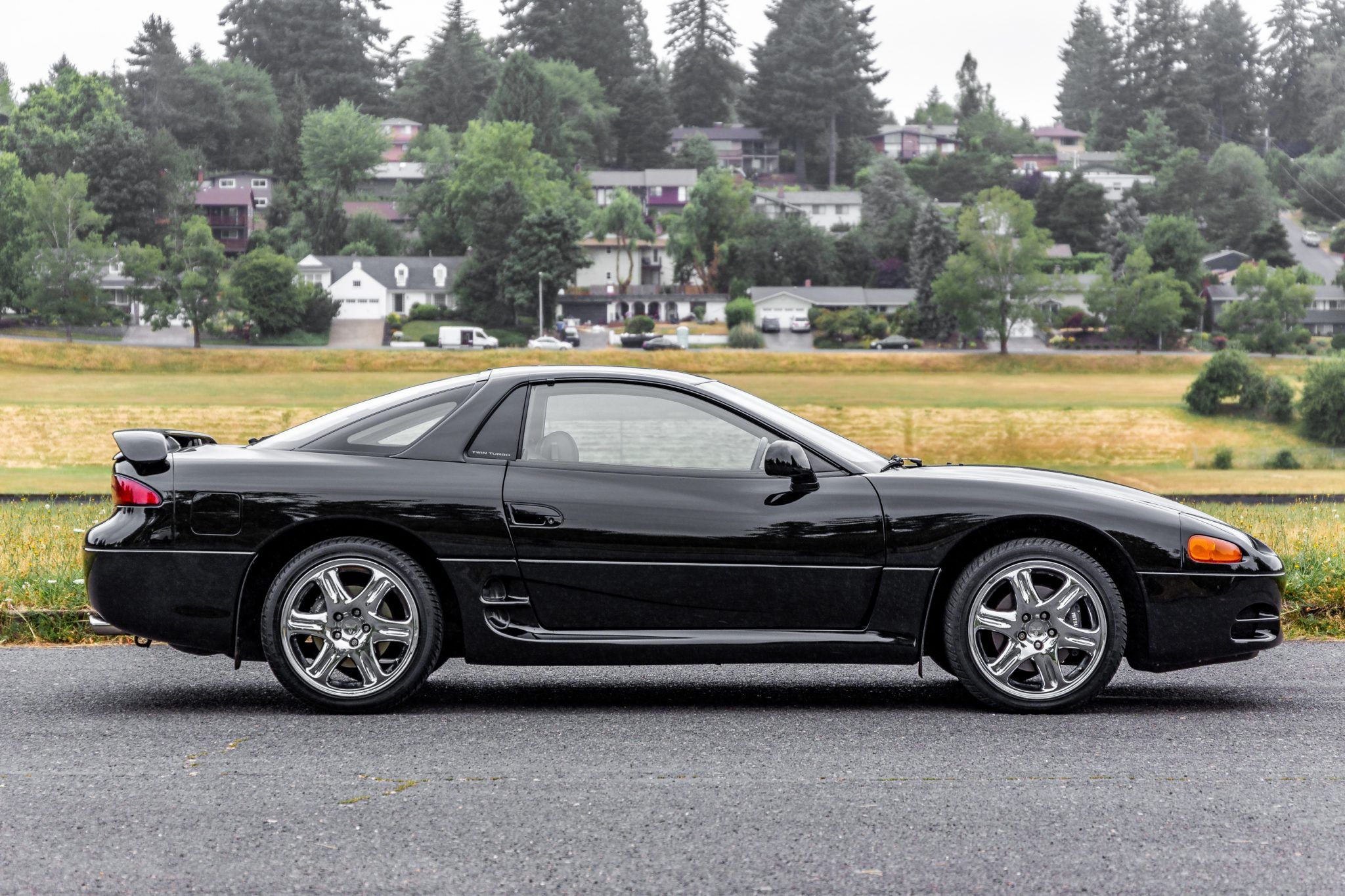Japan's sports cars of the 1990s are in the midst of another renaissance. As the values of vehicles like the Toyota Supra climb into a territory that is no longer in reach of the average enthusiast, the Mitsubishi 3000GT is a wonderful alternative. With all the unique quirks that make Japanese cars of this vintage so special, the Mitsubishi 3000 GT offers unorthodox styling and an engaging driving experience. These cars are a potential bargain for individuals looking for a unique weekender that checks off all the enthusiast boxes thanks to moderate sales success.
Mitsubishi 3000GT.
- All Wheel Drive
- Four Wheel Steering
- Available Five or Six Speed Manual
- Engine/Motor: 3.0L V6
- Horsepower: 222 to 300
- Torque: 203 to 308 lb-ft
- Drivetrain: AWD
- Transmission: Six-speed manual/four-speed automatic
- Affordable Pricing
- Powerful For The Era
- Four Wheel Steering
- Poor Servicibility
- Brand Cache
- Poor Interior Quality
An Engine And Transmission For Every Palette
The U.S. market Mitsubishi 3000GT features an array of powertrain options, all variants of the same three-liter DOHC 24 valve V6. Base non-turbo versions produce 222 horsepower at 6,000 RPM and 203 pound-feet of torque. In 'VR-4' trim, Mitsubishi implements twin turbochargers that bump power up to 300 horsepower at 6,000 RPM and an impressive 308-pound feet of torque. The base manual transmission in early variants is an in-house Mitsubishi 5-speed unit.
While it is a reliable transmission, the 1993 and later variants feature a Getrag six-speed manual that offers more precise shifts with shorter throws.
The transmission feeds power to all four wheels through a unique all-wheel-drive system. To the benefit of enthusiasts, the 3000GT sends 45% of energy to the front wheels and 55% to the rear. The system ensures that the car sprints off the line without sacrificing what makes rear-wheel-drive cars so much fun. Non-turbo Mitsubishi 300GT's average 19 MPG city and 25 highway while turbo variants rate at 16 city and 21 highway.
Power And Grip At Every Wheel
Driving pleasure is at the forefront of design in the Mitsubishi 3000GT. The Mitsubishi reaches 60 in 8.4 seconds with a 16.2 quarter-mile in base models. However, the twin-turbo model screams to 60 in just 4.89 seconds with a 13.6-second quarter mile. These numbers place the humble Mitsubishi among some of the best performers from Europe at the time. But the 3000GT is so much more than straight-line acceleration, and handling is its forte. Four-wheel-steering allows the 3000GT to take even the most precarious curves at full speed, while the full-time all-wheel-drive system powers the car out of them with a locomotive-like charge. While the four-wheel steering system is not severely aggressive, it passively works away in all driving scenarios. Drivers can adjust the active suspension setup to different variatIons of harshness to their desire. Though regardless of settings, the 3000GT rides like a go-kart. While stable, you will feel the road like any sports car of this caliper.
Tech For The 1990s With Interior Quality To Match
The Mitsubishi 3000GT employs a number of forward-thinking technologies for the era, but unfortunately, with Mitsubishi quality to match. The 3000GT offers an active aero system, one of the first such systems in its respective price field. At 45 mph, the front splitter automatically lowers, and the rear trunk spoiler raises and tilts forward. Consumers can also manually operate the system from a toggle switch on the dash. The toggle switch sits just ahead of the tight shifter. A radio with manual sound adjustments sits low and cants upward. A standard automatic climate control panel is high up and uses a digital pictograph to illustrate airflow—three auxiliary gauges rest atop the center stack for oil pressure, temperature, and turbo boost.
The gauge cluster is simple with large twin readouts for the speedometer and tachometer, though the large steering wheel center obscures them. The wheel houses a standard driver-side airbag and controls for the radio. A passenger-side airbag is standard in 1995 and newer iterations. The leather seats utilize a mix of manual and power controls. A tilt steering wheel is standard. Perhaps the only caveat is the interior quality. Hard plastics are everywhere, and thirty years of age means fitment is extremely poor. Creaking from panels rubbing together is abundant.
Pricing As Appealing As The Performance
The Mitsubishi 3000GT is a highly economical performance car. While enthusiasts are quickly picking on their top-of-class performance, they are still an affordable option for those seeking a weekend car. Enthusiasts can find project cars for under $5,000 with clean examples ready to drive for under $12,000. However, Mitsubishi 3000GT's with ultra-low miles are now commanding in excess of $25,000. While the 3000GT is currently an affordable classic, potential buyers should hurry before the icon surpasses its original $29,000 base price tag. Overall the Mitsubishi 3000GT is an excellent performer and a perfect car for those looking for weekend fun at a modest price.

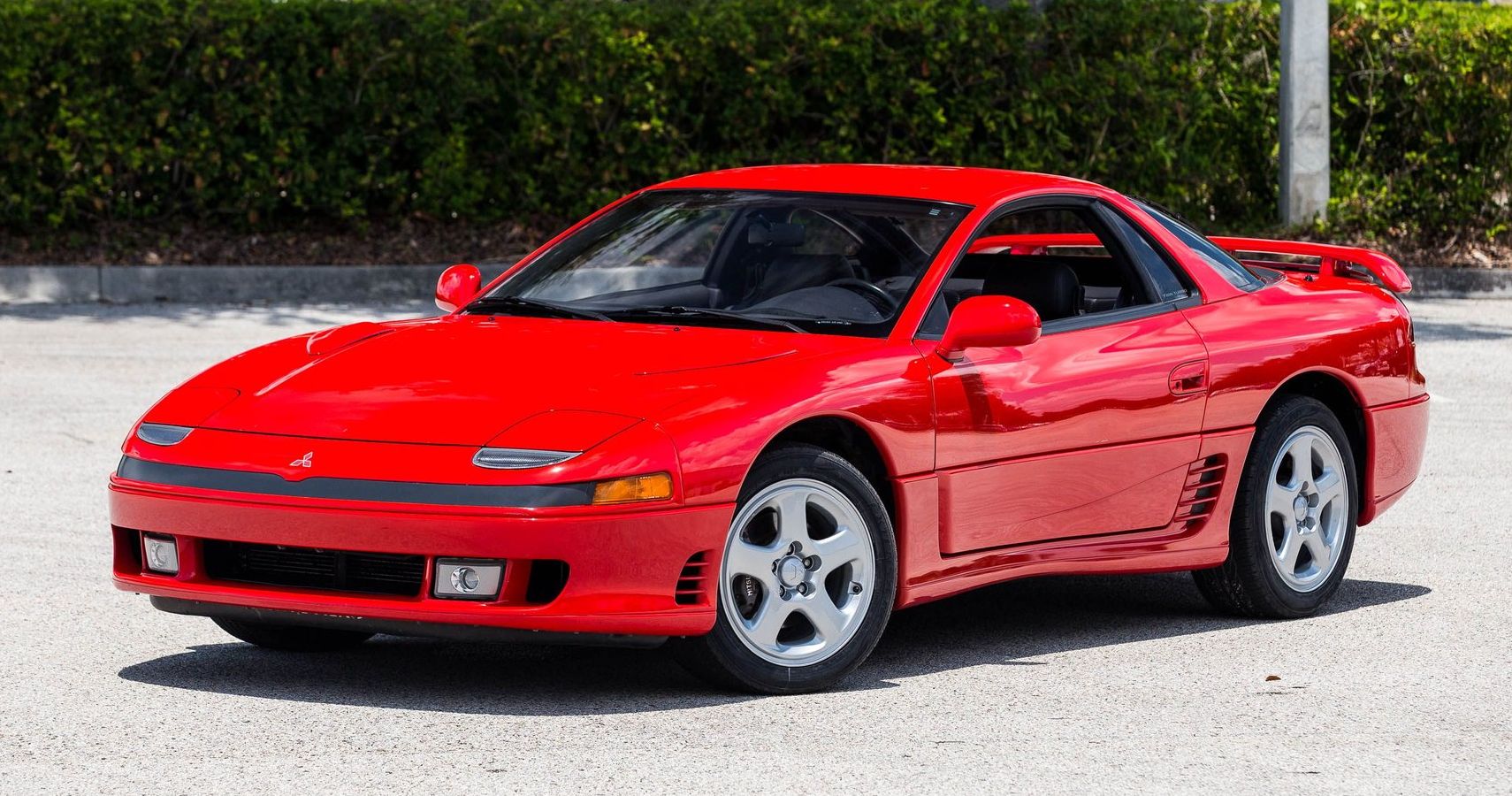
.jpg)

.jpg)
.jpg)
